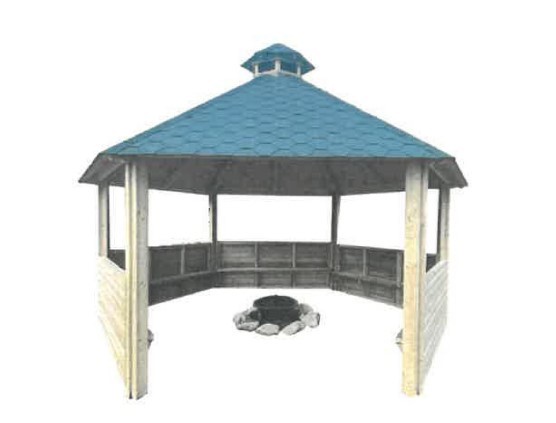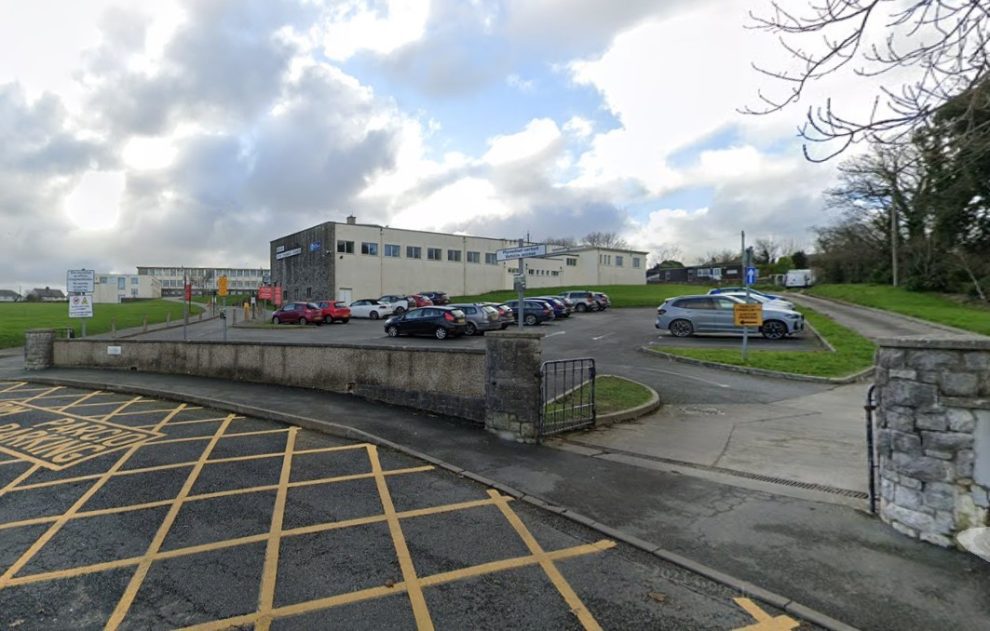A LISTED Anglesey school was granted permission to develop outdoor facilities to allow “alternative ways’ of teaching to support pupils’ emotional health and well-being.
A full planning application to install an open air canopy, three outdoor table tennis tables, two basketball posts and an outdoor timber frame gazebo, was agreed for Ysgol Syr Thomas Jones at Amlwch.
Anglesey County Council’s planning and orders committee had unanimously approved the application at its meeting, yesterday, Wednesday January 10.
The school is a Grade II * listed building and the proposals had to be assessed in terms of “impact ” on its heritage assets council planning manager Rhys Lloyd Jones explained.
A heritage officer had visited the school and was “satisfied” the measures would have “no impact” being within the school curtilage, and was screened.
He told the planning committee, it would allow an “alternative way” of teaching and it was considered the plans would have “no detrimental impact” on the site.
“The recommendation is to approve,” he said.
The local member Cllr Liz Wood had no objections, and thought it was a “a good thing for the school.” She proposed the committee accept the recommendation, which was seconded by Cllr Robin Williams.
The plans were unanimously agreed, by committee members following the vote and approved with usual conditions.

A written application through head teacher Dylan Jones on behalf of the school pupils themselves, had been sent to the planners.
It had stated: “We have been successful in a grant application to improve the outdoor facilities to support pupils’ well being and emotional needs.
“We propose the content of this application will provide space and opportunity to support out pupils ability to self regulate when facing up to personal; challenges.
“What we propose will allow staff at the school spaces to prepare and improve opportunities for all the pupils, but will be extremely beneficial for disadvantaged students where the outdoor experiences are not possible, other than at school.”
The plans also outlined “proposed benefits” of having an outdoor classroom, for biodiversity.
They included having science lessons in the outdoors to “observe and understand biodiversity,” to provide the ability for pupils to plant and maintain a wild-flower section of the garden, to encourage them to grow and to understand native species.
Bird boxes would also be installed, and planters built by pupils for herbs, vegetables, showing the “journey” from ‘planting to the plate.’
Pupils would also “gain understanding” of seasonal changes in the light of biodiversity.
A planning report also stated the whole area would ‘benefit’ due to an increased care for the garden, with pupils and staff and in turn “benefiting from the outdoors environment.”
There were also plans to plant a native orchard and to cultivate and improve understanding of the local environment.
The proposed outdoor classroom would enable “numerous subjects to be taught in a safe place for vulnerable children, as well as the greater cohort,” to observe the environment.
The outdoor classroom spaces would provide “safe ” areas for teachers to instruct children and on how to maintain the environment, whilst “benefiting their knowledge of biodiversity.”



















